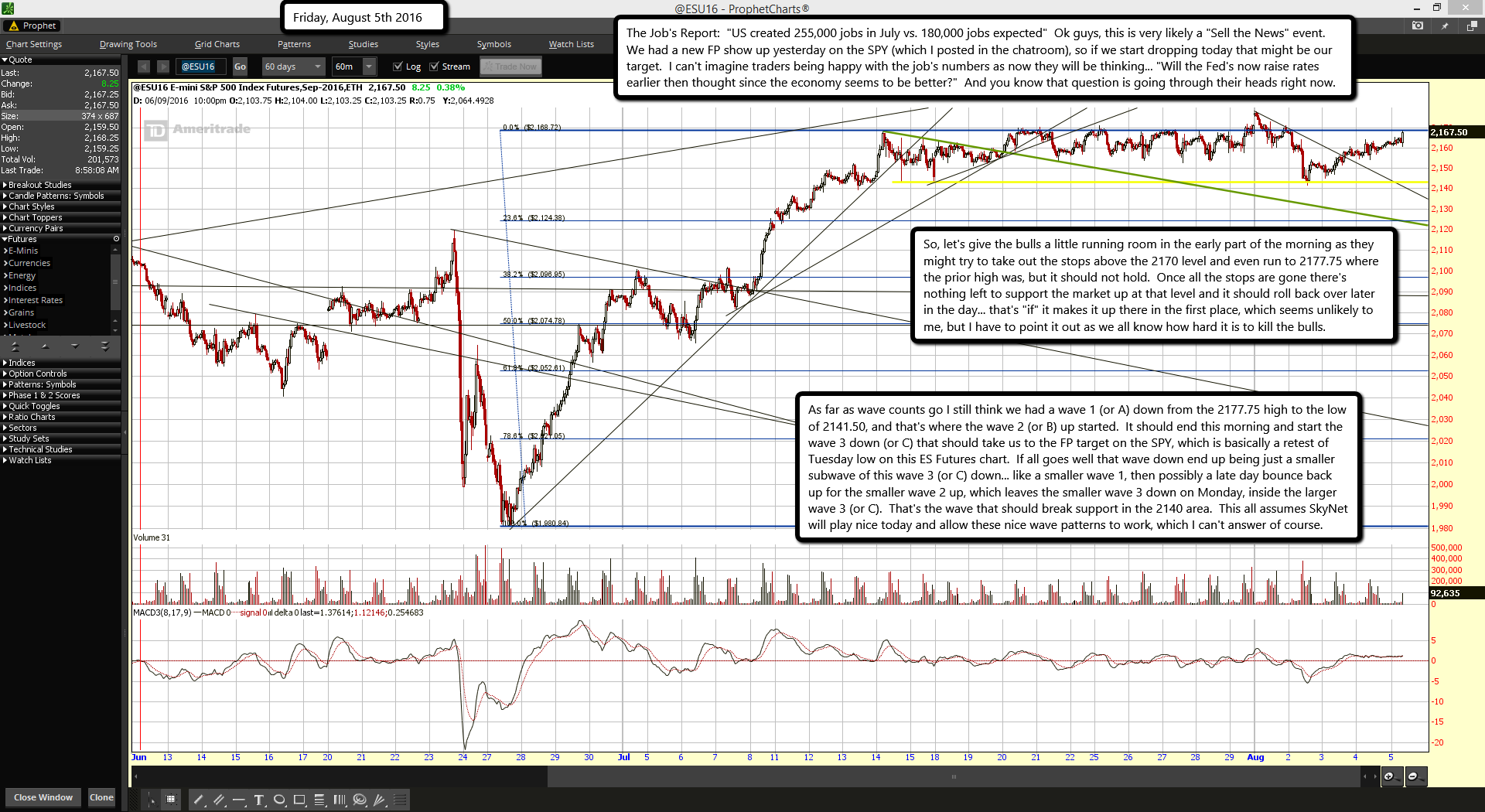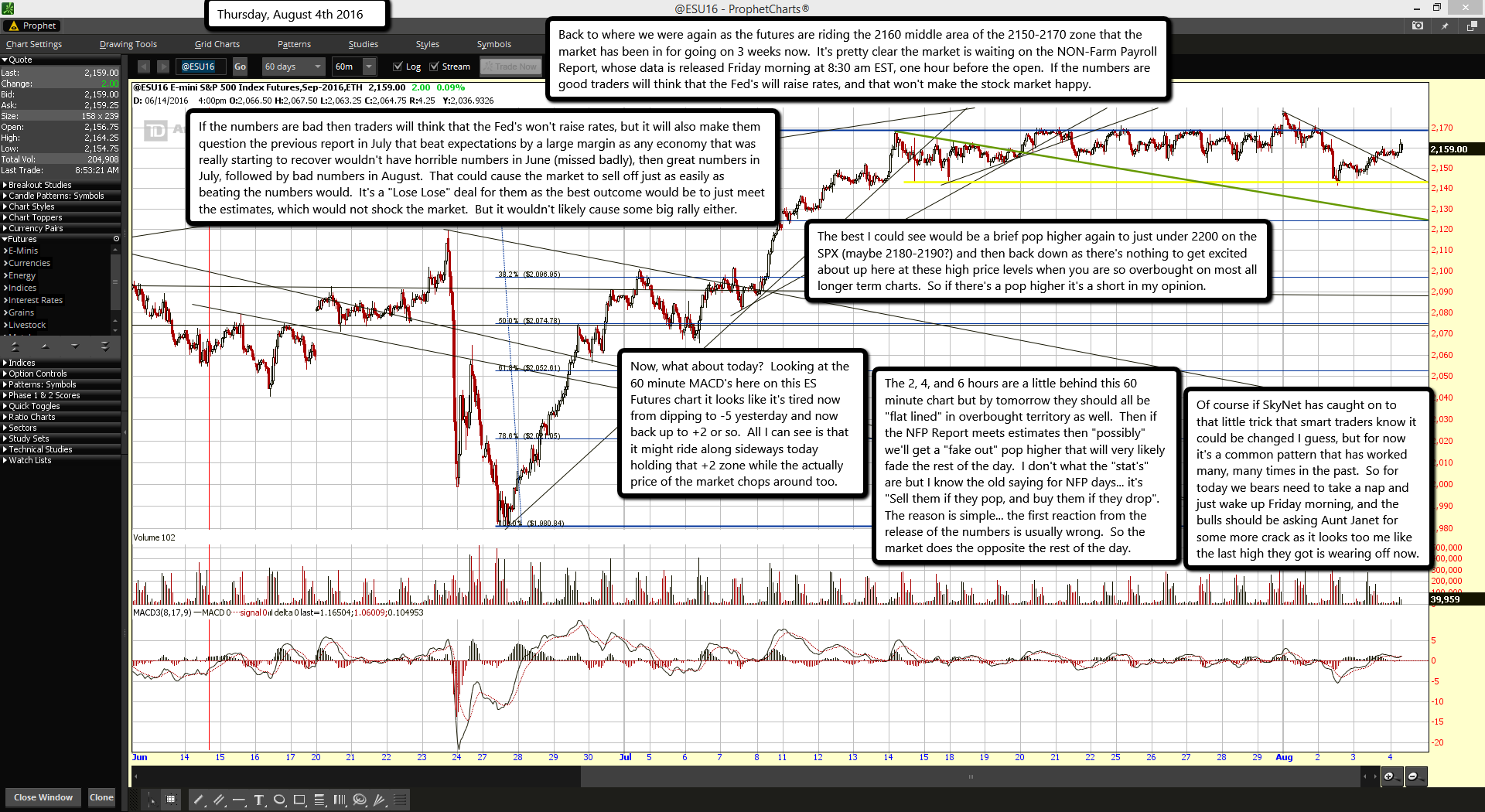
In another challenge to the Khazarian Mafia’s Babylonian paper magick financial system and the entire pyramid of cartels, two Russian scientists revealed a groundbreaking scientific discovery that is expected to change every system built for the last millennia.
Chemical transmutation, specifically involving lead into gold, was first heard within the occult science known as alchemy. Then, it was that same occultism that continue to suppress using the “national security” all encompassing excuse against free energy activist John Bedini, who successfully transmuted copper into gold by using 5000 Celsius of heat, further explaining why countries above the Ring of Fire, like the Philippines, have so much natural gold deposit that’s been extracted by foreign mining firms decades ago.
To put it simply, there is more than one way to produce gold, naturally and artificially. And this very valuable element has more than one application, too, not just in the realm of electronics industry, but also within our physical well-being, and has been made part in man’s pursuit for longevity for thousands of years.
So, why is the knowledge pertaining to all of the above are not available up to now?
In a word, capitalism.
The profit oriented capitalism, in conjunction with the monetary based economic system, has aborted humanity’s march towards space age progress. It has deterred us from achieving our full potential.
All technologies that have been discovered, and are deliberately suppressed by patent acquisition and shelving, can make the existing control paradigm obsolete overnight. Those who are addicted to these control systems need to be neutralized if we are to make it to the next level of our evolution that’s been delayed for more than 100 years.
This is exactly what the BRICS countries are trying to do.
For the last several years since its inception, the BRICS tried several methods and strategies to start this paradigm shifting change that is not only expected to affect their own population, but that of the entire planet.
In order to weaken the clout of the Rothschild banking dynasty that is protecting the status quo, both Russia and China started buying vast quantities of gold available in the open market. This didn’t cause a significant increase on the price of gold and silver right away because those prices were already under intense systematic rigging in the first place, in order to protect the “integrity” of the legal tender, global exchange currency, i.e. Federal Reserve’s US dollar.
However, the stable and low gold prices only fed the desire of Russia and China to buy even more gold bullion using their huge reserve US dollars, a gradual yet deliberate dollar dumping, further undermining the already weakened Western economies. This resulted to the massive resignations of banking CEOs in the early part of 2012. These massive banking resignations were punctuated in June of the same year by World Bank President Zoellick and a year later by Pope Benedict XVI, the Vatican being at the apex of Corporatocracy and the entire fiat banking system on the planet.
Since then, the BRICS established direct exchanges using sovereign asset-based currencies to sustain their own economies while requiring others, especially the West, to do the same in exchange for their oil and industrial products.
Now, the financing world is separated between the East’s asset denominated and the West fiat based economies.
As the Brexit referendum was looming, Rothschild’s henchman George Soros invested heavily on Asian gold mines and made at least $2 trillion revenue overnight. This gives the Rothschild banking dynasty more fuel to sustain their sinister plans for the West, i.e. technocratic dictatorship.
So, how would humanity defeat a cunning enemy which is agile enough to play from one financial market into another, in a wink?
Since waging war is not a feasible option considering the possibility of a nuclear MAD, or mutually assured destruction, the only option left would then be the total destruction of the financial system itself.
But how exactly should the BRICS do it?
Barely a few weeks ago, a conference was held in Geneva, Switzerland, purposely to announce the discovery of a method to transmute any element into another element in the periodic table, and beyond.
This discovery was made possible by two Russian theoretical and experimental scientists who were trying to figure out how to fuel a spacecraft using any element found in space. Now, that’s a good scientific excuse, indeed.
The transmutation process does not involve nuclear reaction and heavy water. The economic consequence of the industrial scale of such a process cannot be projected at this point, they say.
Vladislav Karabanov: “Today, here in Geneva, we are making public a discovery and a technology which without any exaggeration could be of historic significance.
The essence of this discovery and the technology boils down to the development of an industrial method for the transformation of chemical elements into other elements and their isotopes.
What we’ll have to show you today is the transmutation without nuclear reactors, without heavy water, or anything of the kind, to obtain a transmutation of elements. Our approach to transmutation of chemical elements is biochemical in nature.
It is still too early to fully grasp the economic and civilization significance of this technology. It would not be an exaggeration to say that this discovery is a veritable revolution that’s going to open a new chapter in our technological progress. Unlikely as it may sound, this is a fact.
The architects of this discovery and technology are leading Russian Chemists, Mrs. Tamara Sahno and Mr. Victor Kurashov. These are theoretical and experimental scientists who stand on the shoulders of a dynasty of researchers who have been instrumental in discovering these methods for the transformation of chemical methods.
Mankind, represented by the authors, has discovered this method for the transmutation of matter which is likely to change the face of today’s world, perhaps as deeply as it was changed by the use of electricity, perhaps even deeper.
The repercussions of this revolution will be felt in the energy sector, medicine, industry and perhaps would also open up new industries, brand new industries that will have enormous humanitarian implications.
What is most important to bear in mind is that what we are talking about here is a ready-made industrial approach that will be capable of producing target products in industrial quantities in a matter of months. With respect to the economic aspects of this discovery I am going to brief you about that later . . .”
Victor Kurashov: “Ladies and gentlemen, our work to develop the technology for the transmutation of chemical elements goes back to the early 90s. The very first results were obtained back in 1998, but the bulk of this effort and research, as well as hundreds of successful experiments fall on the Summer and Autumn of 2013.
Our further efforts involved patenting this work, and so for all these reasons we haven’t rushed to publish our findings until the patent was issued. We received the patent priority on the 15th of May 2014, whereas the patent itself was issued on the 25th of August 2015.
Let’s move onto the process itself very briefly. The first component used in the process is ore, or nuclear waste. The second component of the process are valuable valency metals such as vanadium, chromium, manganese, iron, cobalt, nickel, copper, zinc, and others. Either of these will do, but we tend to use iron as the least costly element. The third component and a factor in this process, these are bacteria. Usually we use iron and sulphur-reducing bacterial species which we select along a certain list of criteria, such as that the bacteria are active, that they are resistant to radiation, that they are adapted to a heavily salted solution — ore, suspended in water.
Now about the technology itself: ore, or nuclear waste (there’s no difference) is processed by bacteria in the presence of valuable valency elements in any closed vessel. The transmutation process kicks off immediately, and proceed stage by stage for two or three weeks until target elements are obtained. But if it is not stopped on time, this process would carry on until stable isotopes are obtained as the end product.”
The Russian patent RU 2563511 awarded to Mrs. Tamara Sahno and Mr. Victor Kurashov available at Google Patent repository says [in Google translation]:
“The invention relates to the field of biotechnology and chemical transmutation. Radioactive feedstock containing radioactive chemical elements or isotopes, treated with an aqueous suspension of bacteria of the genus Thiobacillus, in the presence of variable valence elements. As the use of radioactive materials or ore radioactive waste nuclear fuel cycle. The process leads to obtaining polonium, radon, France, radium, actinium, thorium, protactinium, uranium, neptunium, americium, nickel, manganese, bromine, hafnium, ytterbium, mercury, gold, platinum, and their isotopes. The invention allows to obtain valuable radioactive elements, to carry out the inactivation of nuclear waste from the conversion of waste radioactive isotopes of elements into stable isotopes. 2 ZP f-ly, 18 ill., 5 tab., 9 pr.
The invention relates to chemical transmutation of radioactive isotopes and transformation, that is to artificially produce some chemical elements from other elements. In particular, the method allows to obtain rare and valuable elements: polonium, radon, francium, radium, and actinides – actinium, thorium, protactinium, uranium, neptunium, and various isotopes of these and other elements.
Known transformation of chemical elements, the formation of new isotopes of elements and new chemical elements during nuclear fission and synthesis of chemical elements used in conventional nuclear rectors, in nuclear power plants (NPPs) in research nuclear reactors, for example, by irradiation of the chemical elements with neutrons or protons, or alpha particles.
A method of obtaining the radionuclide nickel-63 in the reactor from a target comprising obtaining enriched Nickel-62 nickel target, the irradiation target in the reactor, followed by enrichment of irradiated product from nickel-63 at extraction of nickel-64 isotope product (RU 2313149, 2007). The advantage of the method is to obtain a high quality product which is designed for use in stand-alone sources of electrical energy, in the detectors of explosives and so on. The reproducibility of the results was confirmed by the analysis of the isotopic composition of elements by mass spectrometry.
However, the method is complicated and unsafe degree requires industrial safety.
It is also known the transmutation of elements – long-lived radioactive nuclides, including those arising in irradiated nuclear fuel (RU 2415486, 2011). The method consists in irradiating neutron flux transmutable material, the irradiation is carried out with neutrons obtained in the nuclear fusion reactions in the pre-formed neutron source plasma, at a certain placement of the scattering medium neutrons. This method is based on the reactions of nuclear fusion in a tokamak is also complex and requires special equipment.
A method of obtaining radionuclides Th-228 and Ra-224, which is also implemented in a reactor technology. The technology is quite complex and has a safety limit (RU 2317607, 2008).
Thus, upon receipt of the chemical elements and their isotopes, in general, are conventionally used nuclear reactions involving nuclear reactors or other sophisticated equipment at high energy costs.
Attempts have been made to solve the problem of obtaining radioactive isotopes in the process of nuclear transmutation of elements more secure manner using the microorganisms.Known in particular isotopes conversion method using microorganisms comprising growing microbial culture Deinococcus radiodurans on a nutrient medium containing the necessary for transmutation of initial isotopic components, and deficient close chemical analogues of the target element. The composition of the medium is introduced, such starting isotopic components which are radioactive and transmutation process can lead to the formation of the target chemical element in the form of a stable or radioactive isotope, which is absorbed by the microbial culture and then remains steady or remains radioactive or decomposed to the desired stable isotope (RU 2002101281 A, 2003). This method does not provide a high yield of the desired isotope, and also requires the use of ionizing radiation as a trigger and response factor supports.
Also known process for the preparation of stable isotopes by nuclear transmutation type of cold fusion elements in microbial cultures (RU 2052223, 1996). The method consists in the fact that the cells of microorganisms are grown in a culture medium deficient isotope target (target isotopes) impact factors contributing to the destruction of the interatomic bonds and leading to an increase in its concentration of free atoms or ions of hydrogen isotopes. The medium is prepared on the basis of heavy water and injected into it scarce for the environment unstable isotopes that decay at the end to form the desired stable isotopes. As a factor that destroys the interatomic bonds using ionizing radiation. This method is based on the use of ionizing radiation, it is not designed for commercial scale requires a high energy and cost.
All of the chemical elements and their isotopes and by-products obtained until now complex and unsafe traditional methods by conventional nuclear reactions in small (sometimes – in micro) amounts clearly insufficient for the energy, industrial, industrial, technical and scientific needs of mankind. Described microbial process for the transmutation of chemical elements allows you to receive all of these chemical elements and their isotopes in almost unlimited quantities, simple to perform, safe for workers and the public, environmentally friendly way that does not require large material flow rates, heat, electricity and heating, while providing this energy, industrial, technical and scientific problems of civilization. These elements and isotopes are enormous reserves of energy, have an extremely high value and selling price on the market.
Microbiological method is proposed transmutation of the chemical elements and isotopes of chemical conversion elements, characterized in that the radioactive feedstock containing radioactive chemical elements or isotopes, treated with an aqueous suspension of bacteria of the genus Thiobacillus, in the presence of any s, p, d, f-elements with variable valency. Selection of elements with variable valence based on the principle of creating a high redox potential. That is, this selection key, or simply on the orientation of these or other elements of variable valency brought into the reaction medium, a redox potential value which is optimal in the range of 400-800 mV (for example, in Examples 1, 2, 3, 4 Eh = 635 mV, 798 mV, 753 mV and 717 mV, respectively).
Items with variable valence, as in the reduced and oxidized forms, creating a standard redox potential, involved in a start-up and control mechanisms of initiation and acceleration of alpha, beta minus and beta plus decay of radioactive isotopes of elements any kind of group of bacteria Thiobacillus.
The method leads to the production of polonium, radon, France, radium, actinium, thorium, protactinium, uranium, neptunium, americium and their isotopes as well as nickel, manganese, bromine, hafnium, ytterbium, mercury, gold, platinum, and their isotopes. As radioactive materials containing radioactive chemical elements can be used ore or radioactive nuclear waste cycles…”
Producing the right element is one thing, using it is another. In conjunction with this discovery, Russia also released the availability of its first 3D metal printer…
The Mindblowing Consequence of this Discovery
There’s no doubt that there will be a creative explosion all over the planet when all of these technologies and equipments are made available on the market soon.
When there’s an oversupply of any element, naturally the price of that element will go down to the point of insignificance, the anathema to the scarcity based economic system that we are forced to swallow.

Beside its scientifically groundbreaking significance, the conference was also held in the headquarter of the global banking industry and political epicenter of the West, which should repel all notion of it being just a mere Russian propaganda, or
… that turning iron or lead into gold is not fringe science at all, but real and replicable, and the technology to do it is officially available to the world.
In the final analysis, the full utilization of all scientific discoveries could make all conventional institutions, e.g. educational, banking and finance, religion, and even the police and military, obsolete.
The future is within our grasp. We just need to support the right science to make it happen.
Aside from the fiat monetary scam and bloodsoaked petrodollar, another significant source of funds for the Nazionist Khazarian Mafia is the “healthcare” industry which registered a whopping $3.09 trillion in 2014, and is projected to soar to $3.57 trillion in 2017, in the US alone. We believe that this is just a conservative figure.
We can avoid using drugs, defeat any viral attack and scaremongering, like the Zika virus, easily by knowing how to build our own comprehensive antiviral system. Find more about how we can kill three birds with one stone, right here.





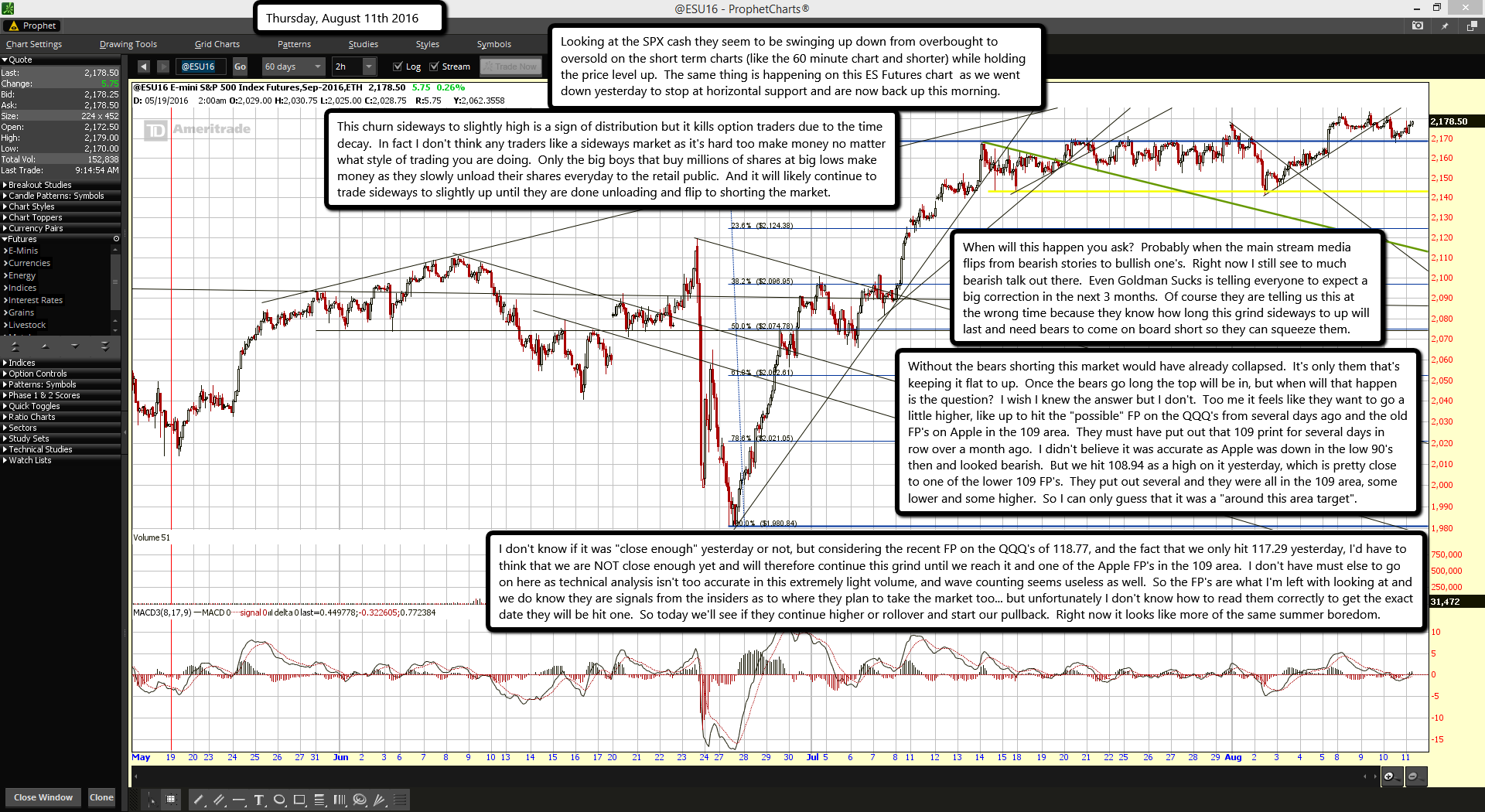


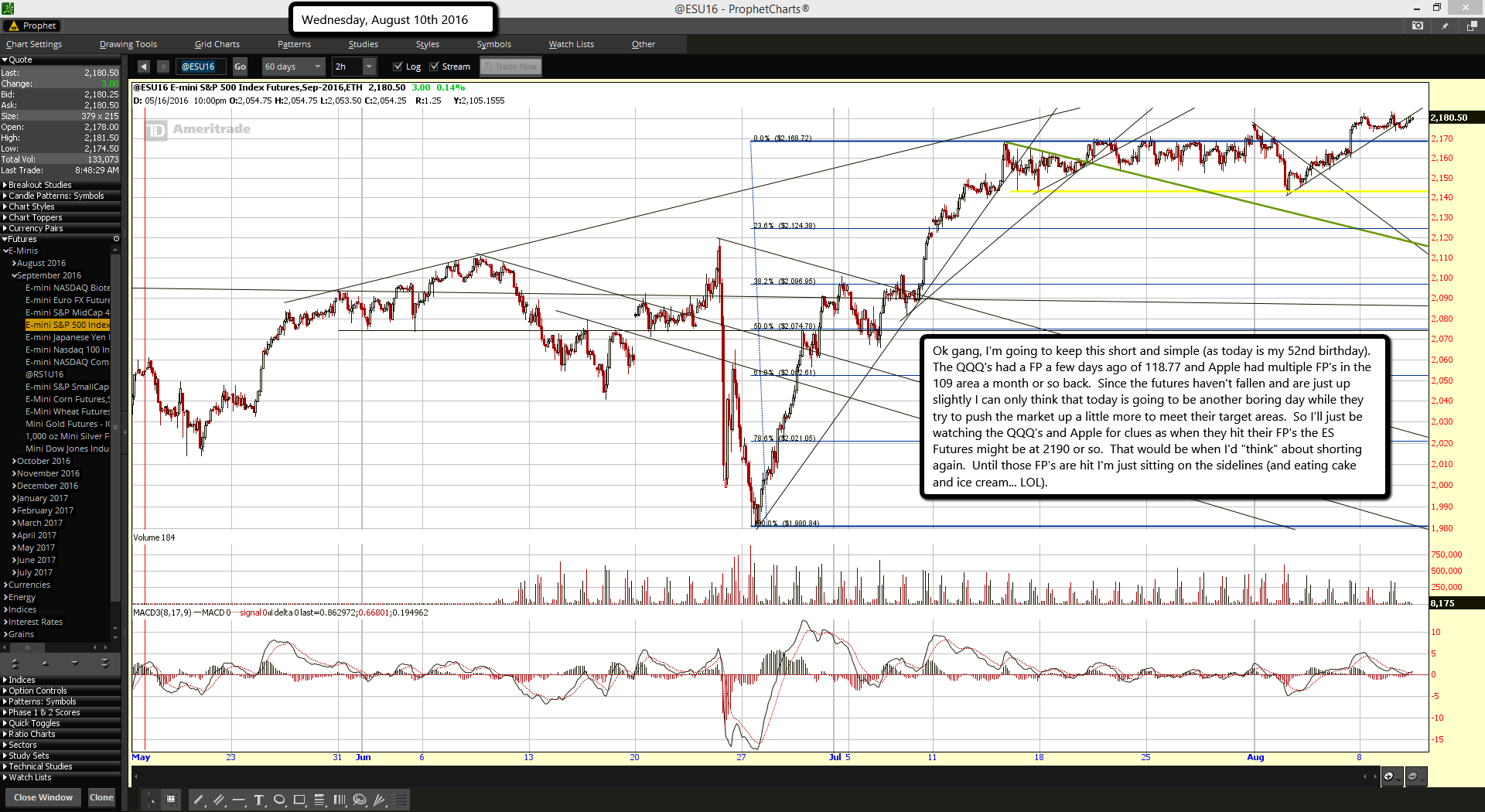




 Thinkstock
Thinkstock






 Facebook has fired a warning shot at ad-blocking software by making changes that will force desktop users to see adverts.
Facebook has fired a warning shot at ad-blocking software by making changes that will force desktop users to see adverts.

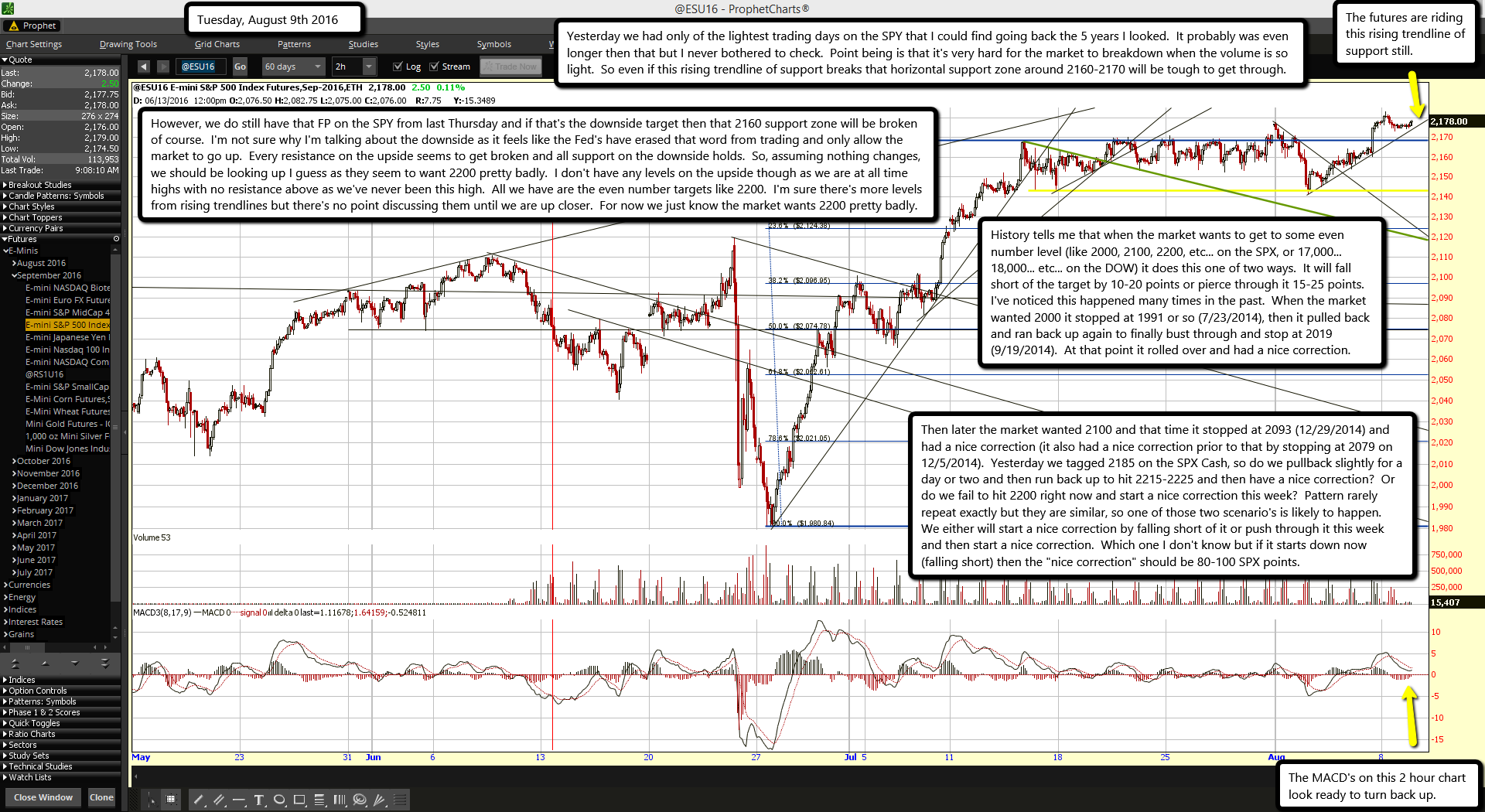




 A man walks out of a shop displaying a bitcoin sign during the opening ceremony of the first bitcoin retail shop in Hong Kong.
A man walks out of a shop displaying a bitcoin sign during the opening ceremony of the first bitcoin retail shop in Hong Kong.
